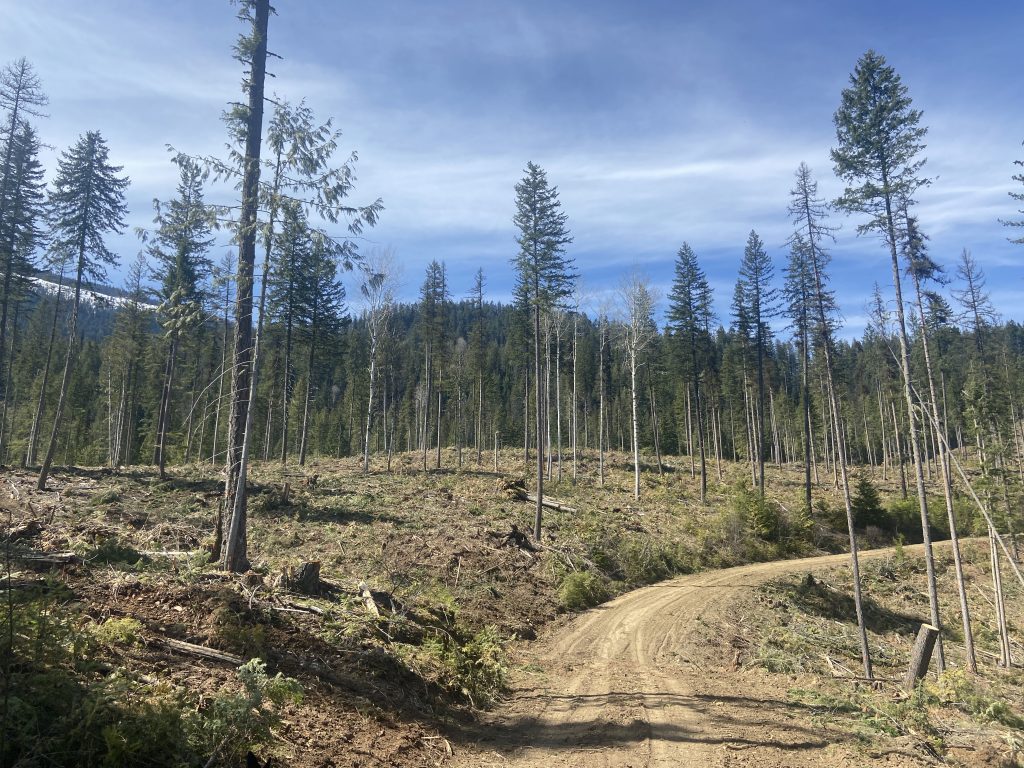
Wood Business
Mercer Celgar boosts fibre utilization in the Kootenays thanks to FESBC grant
June 23, 2021 By FESBC
 Queen's Bay on the west arm of Kootenay Lake. Photo courtesy FESBC.
Queen's Bay on the west arm of Kootenay Lake. Photo courtesy FESBC. Mercer Celgar is actively working to facilitate and increase fibre utilization in the Kootenay-Boundary Forest Region thanks to $3 million in funding from the Forest Enhancement Society of BC (FESBC).
The funding facilitates the recovery of fibre that would otherwise be burned on site, resulting in less burning which avoids the immediate release of carbon into the atmosphere.
Across the company’s operational area, significant volumes of usable fibre have continued to be burned as a result of the harvesting activities by forest licensees or from wildfire risk reduction projects near communities or in parks. Meanwhile, Mercer Celgar has been exploring many ways to have their fibre supply increased by improving utilization of non-sawlog fibre to their pulp mill in Castlegar, B.C. FESBC and Mercer both saw the opportunity in the convergence of these two issues.
“The FESBC funding has provided the economic support required for logging contractors to innovate new methods of increasing utilization of fibre from the areas they were harvesting,” said Gord Pratt, operations manager, FESBC. “For this project to be successful it took many partners to adjust their operations and policies to allow fibre to make its way to the pulp mill.”
Pratt said these adjustments included how logs were loaded onto the logging trucks and the support of residents to allow logging trucks to use roads on private land to recover fibre from a wildfire risk reduction treatment in the neighbouring West Arm Park near Nelson, B.C. If not recovered, this fibre would have been burned on site.
“Mercer Celgar’s program with FESBC has strongly influenced the company’s decision to proceed with the woodroom modernization announced last week that incorporates full forest utilization and sustainable resource management as a key requirement of the project,” said Stan Hadikin, RPF, manager, fibre procurement, Mercer Celgar. “Strong collaborative efforts from industry, government, and stakeholders demonstrate a multitude of benefits including reduced wildfire risk, enhanced public safety, increased employment, improved wildlife habitat, ecosystem resilience, and reductions in greenhouse gas emissions.”
Utilization can minimize the overall residual (left over) fibre on site by factors of 10 to 90 per cent. This project involves working with forest operators to increase the use of wood fibre and support the transportation of up to 200,000 cubic metres (one cubic metre is about the size of a telephone pole) of residual fibre for use at Mercer Celgar facilities.
The goal of fibre recovery and carbon benefits are intertwined. Through this project, Mercer Celgar will reduce the amount of carbon and other greenhouse gases released into the atmosphere by avoiding the burning of wood waste, along with the negative health effects associated with the activity.
“Initiatives like this are critical to optimize the use of the existing wood fibre supply as much as possible,” said Pratt. “FESBC is excited to hear that Mercer Celgar was able to take what they learned from their FESBC fibre utilization project and make the decision to invest in a significant improvement to their facility which will result in the long-term increase of forest fibre utilization well into the future.”
Print this page